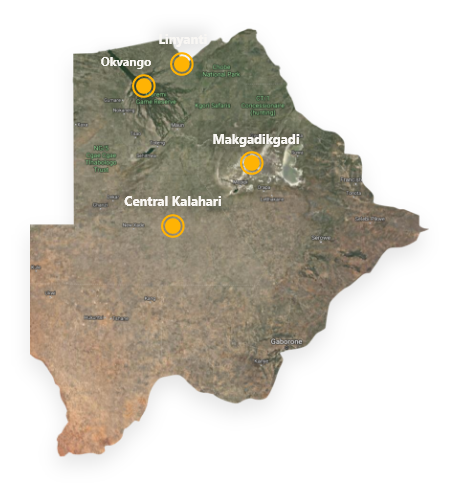
Botswana, a landlocked country in Southern Africa known for its incredible wildlife, is our favorite safari destination in Africa. The landscape of Botswana is primarily defined by the Kalahari Desert and the Okavango Delta.
Apart from vast, private concessions of the Okavango and Linyanti Waterfront, national parks and reserves such as Moremi, Chobe, Central Kalahari ensure that wildlife is protected from extensive poaching and trophy hunting, allowing visitors to see many majestic animals in their natural habitat. There are two key cities for travellers and tourists - Maun and Kasane - which operate local flights connecting camps of Kalahari and the Delta from the bigger, international airports of Johannesburg, Cape Town or Gaborone.
The Okavango
WORLD’s LARGEST INLAND DELTA
The Delta is formed from the Okavango/Kavango Rivers feeding the Kalahari Desert with rain water from the Angolan Highlands, forming an alluvial fan that comprises areas which are permanently, seasonally or occasionally flooded.
It is the largest inland delta which de facto is a unique wetland, a huge oasis setting the regions’ rhythm with its annual pulses. The vast areas of the Delta consist of a multitude of main channels, tributaries and lagoons together with floodplains, islands and the mainland. It is a strikingly dynamic environment where waterways transform due to a combination of annual flooding thus re-distributing sediments, the construction of termite mounds, opening up of new channels by activities of hippos and elephants, and new vegetation growth. Some parts of the Okavango Delta hold water all year round and are characterized by groves of wild date palm, swathes of papyrus, islands fringed with forest and lagoons gracefully covered with floating water lilies. The seasonal marshes flood annually and dry gradually with the onset of summer. These areas consist of open floodplains covered with grasses during the summer green season and inundate with water during the winter. Fan palms, sausage trees, fig trees and a variety of scrub vegetation can be found on the edges of seasonal floodplains. Mopane trees forests are observed more inland and on areas which only rarely receive floodwaters.
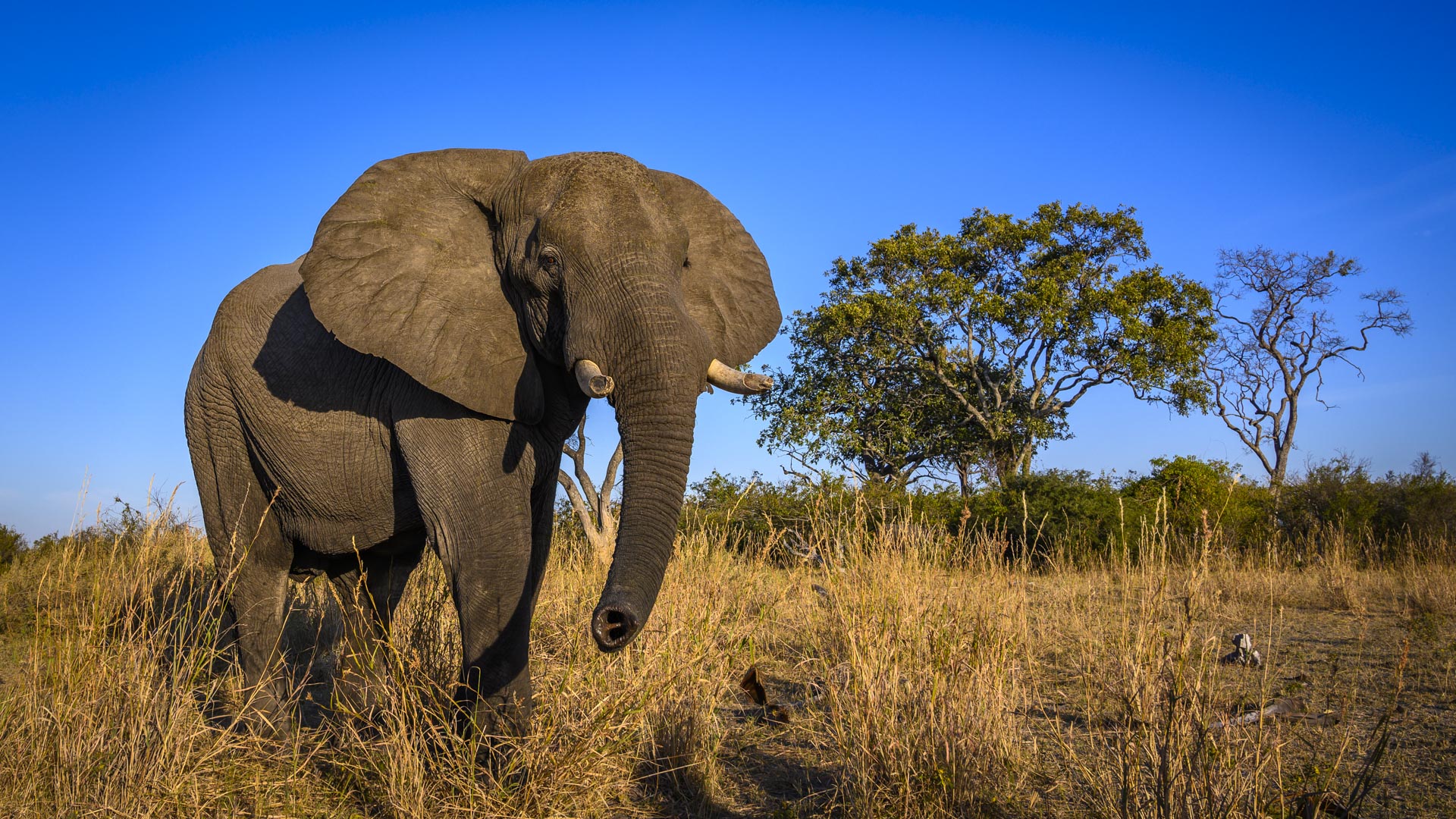
There is a variety of concessions and camps to choose from in the Delta. We primarily stay in concessions to the north and south of Moremi Game Reserve, as well as in the frontal part of the Okavango that always delivers unparalleled wildlife viewing. In both cases, our selected private concessions are vast, offering a variety of habitats, from open plains and marshes to enchanting mopane forests. The wildlife in the Delta is simply incredible and with patience and some luck, one is able to experience everything Okavango has to offer. The key species that we focus on in the Delta include painted dogs, big cats (lions, leopards, cheetahs), buffalos and elephants. However, these are also areas where we often see shy antelopes such as sable, roan or eland. Large herds of red lechwe grace the marsh areas, while giraffes, zebras, impala and wildebeest are found behind ‘every corner’. Water excursions allow us to explore the habitat from boat, getting closer to hippos or a chance to see beautiful Sitatunga antelope. Nocturnal ’regulars’ that are spotted during evening drives include civet, genet or African wildcat.
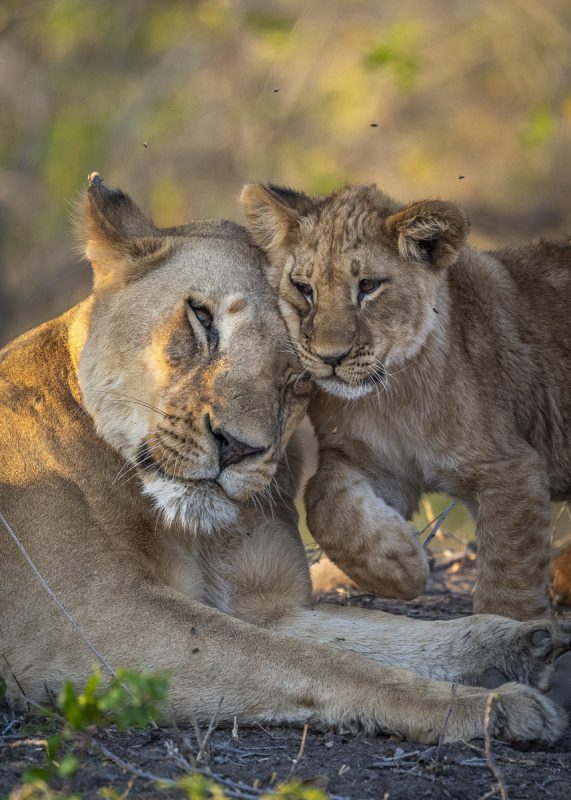
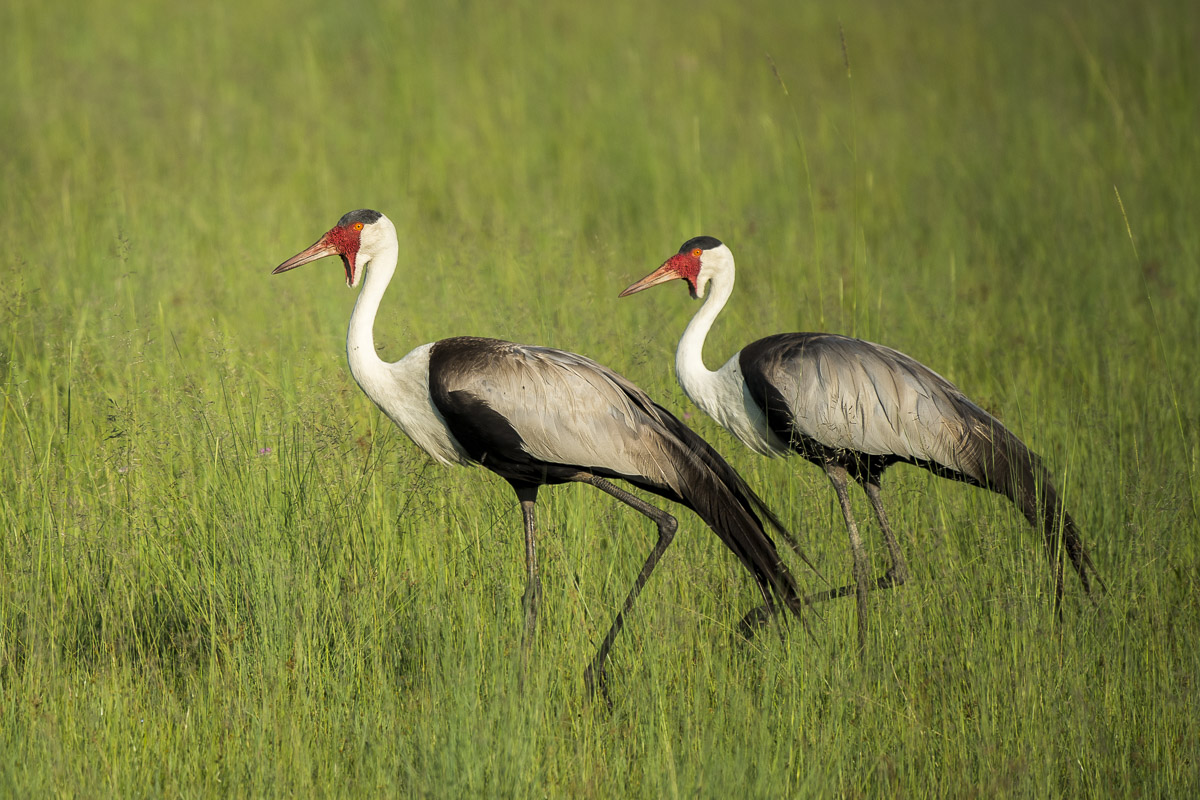
The main distinction between the private concessions of Okavango and Linyanti compared to the famed reserves of Moremi or Chobe is their access to the same wildlife but lacking crowds of the latter National Parks. This offers an opportunity for an off-road driving and the ability to experience night drives in search of nocturnal species. Linyanti Waterfront
The Linyanti Waterfront
VAST WILDERNESS
In the northern parts of Botswana, we find one of the most resplendent, wild and secluded destinations, the Linyanti Waterfront. Located between Chobe National Park to the east and the Okavango to the south, vast terrain rivals the physical beauty of the Okavango.
The Kwando River flows south from Angola across the Caprivi Strip and slowly fills the Linyanti Swamps, which in turn fill the Linyanti River, feeding the famous Chobe River. Linyanti marshes form picturesque channels, lagoons, papyrus stands and reedbeds. Riparian forest lines the waterways, giving rise to magnificent, towering trees. Three large reserves along the Waterfront are known as Kwando, Selinda and Linyanti. One of the key aspects of this area is the fact that during the dry season the permanent waters of both the Kwando and Linyanti Rivers serve as important migration points for wildlife, including large herds of buffalo and elephant, wildebeest and zebra. One of the greatest attractions of this part of Botswana is the feeling of extreme isolation; there is only vast wilderness with a beautiful habitat and rich wildlife.
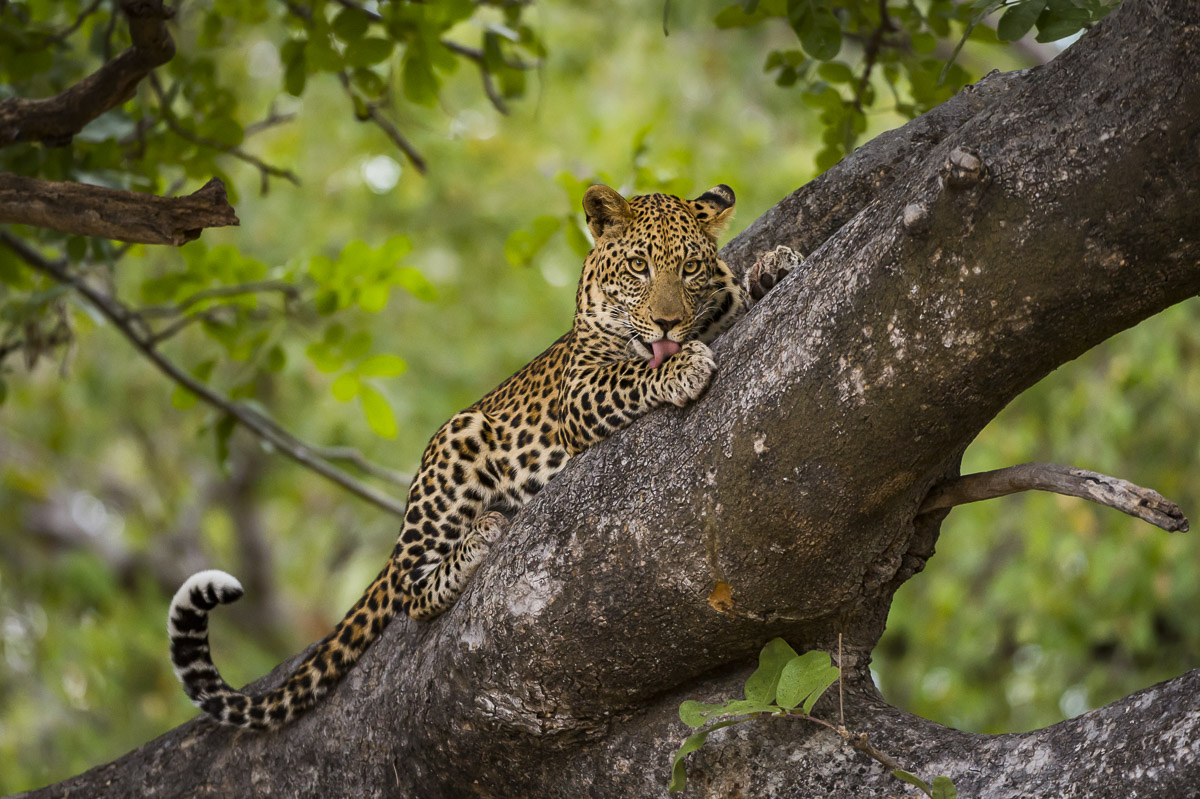

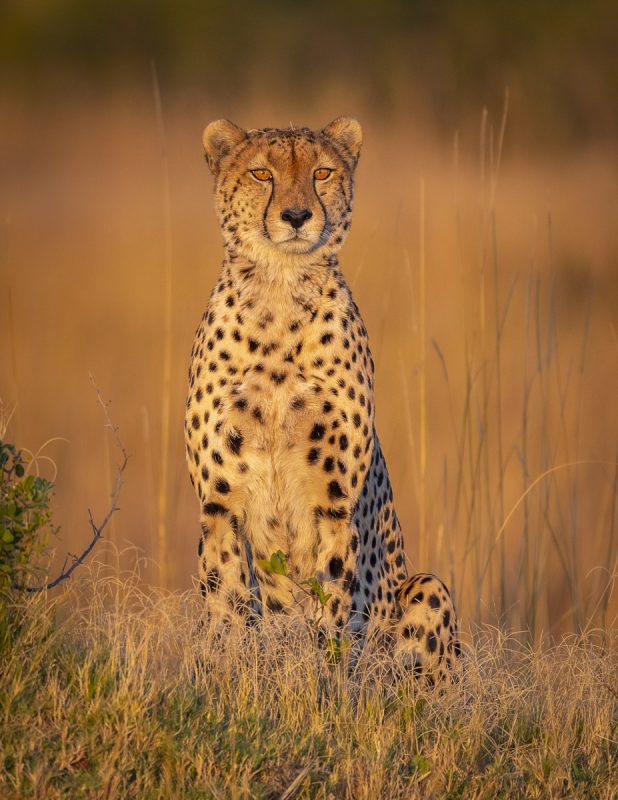
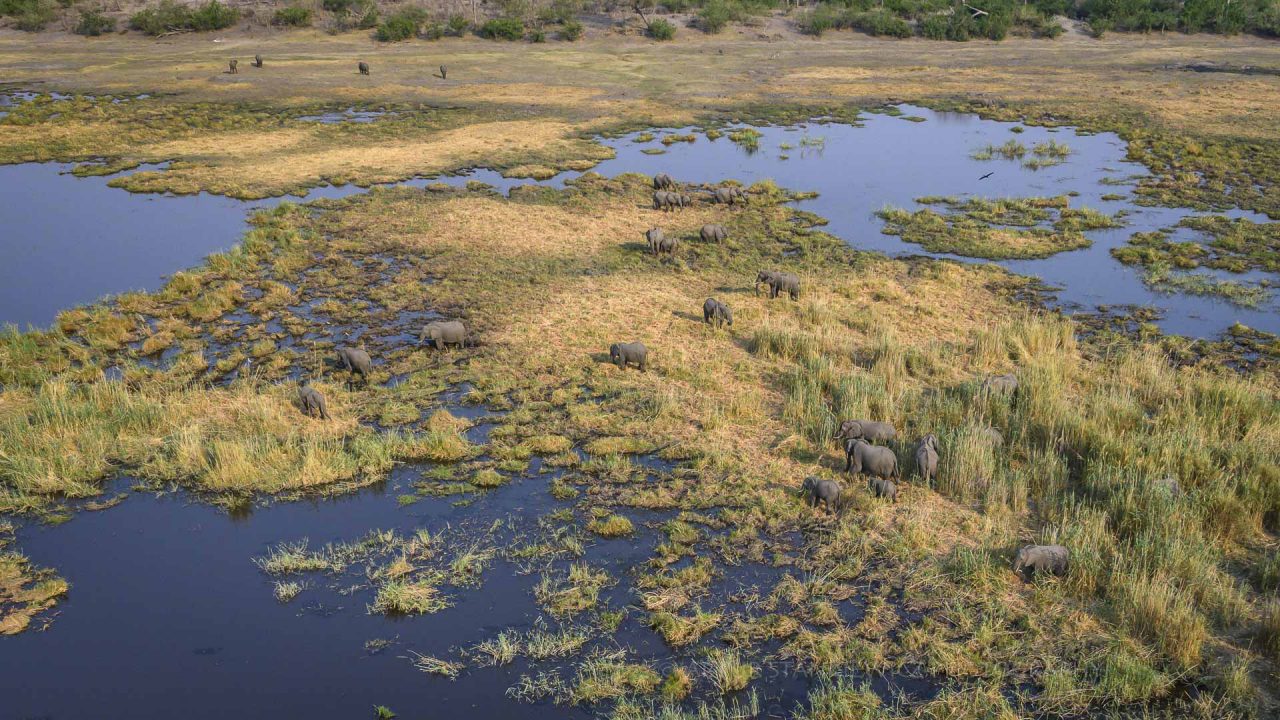
Private concessions on both sides of Linyanti are famed for their sightings of big cats, painted dogs, buffalo and elephants. We are particularly fond of concessions on the West side of Linyanti, where prides of lions, elusive leopards, painted dogs and large herds of elephants always deliver breathtaking sightings. These concessions are also known for the opportunity of spotting rarer species such as brown hyenas, aardwolves or critically endangered pangolins. As in the Okavango, red lechwe, impalas and other antelopes are ever-present, with a high chance of spotting majestic sable or roans. Giraffes, zebras or wildebeests are prevalent, while hippos rule the water areas. The green season offers remarkable sightings; picture being next to hundreds of elephants bathing in the Kwando river and its channels, observing this ritual from a boat in perfect harmony.
Makgadikgadi Pans
WORLD’s LARGEST SALT PANS
The Kalahari Desert is a massive sandy savannah (in excess of 900,000 sq km) extending from Namibia, covering much of Botswana and parts of South Africa. Despite being semi-arid, it actually receives rainfall in the summer, and therefore Kalahari supports a number of animals and plants, unlike the Namib Desert to the west.
It usually receives between 3 and 7.5 inches (76-190 mm) of rain per year. The Okavango Delta in the northwest, with its unique marsh habitats, is an integral part of the Kalahari. Many ancient, dry riverbeds found across the Kalahari Desert provide standing pools of water during the rainy season. These days, riverbeds are mostly grazing spots although predators can be found stalking the feeding animals.
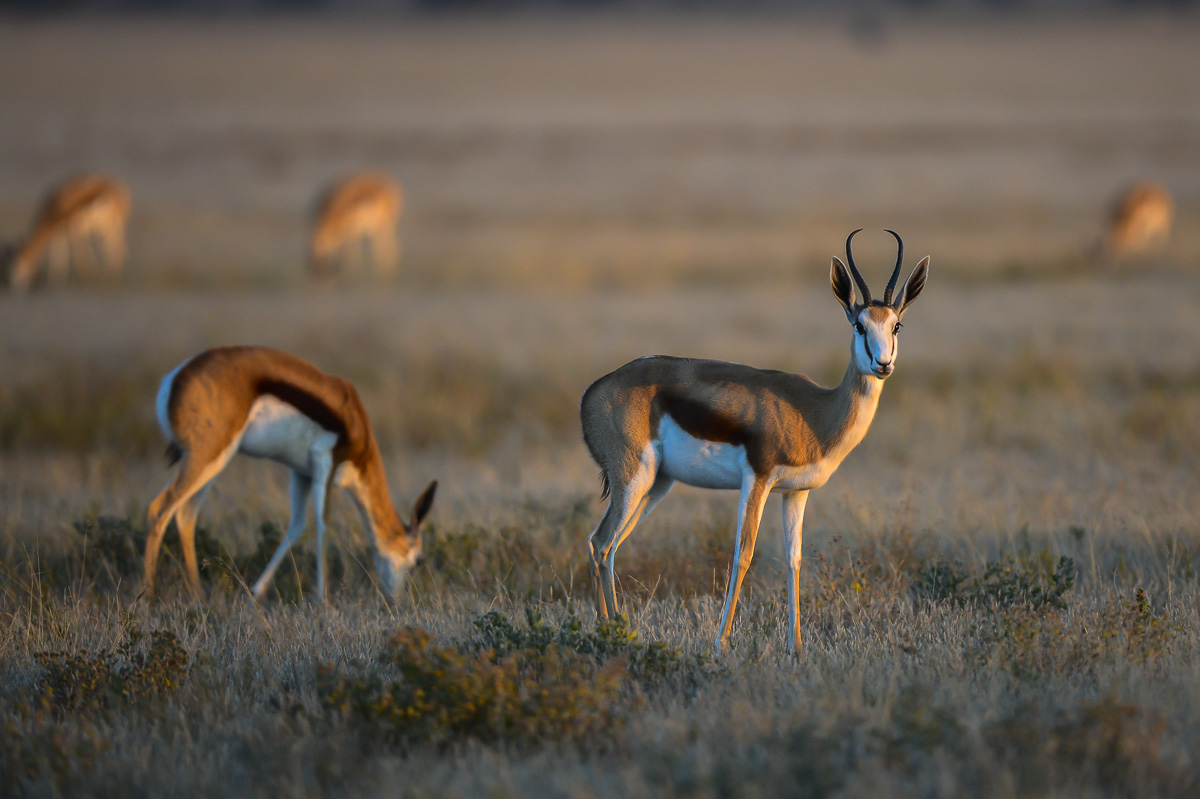
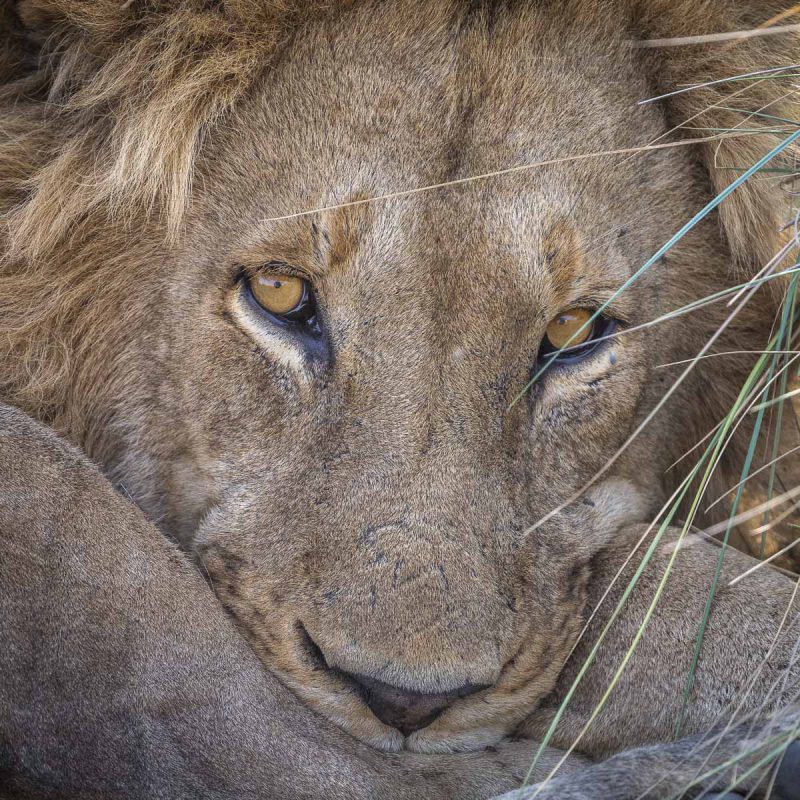
While there are several interesting areas in the Central Kalahari such as Nxai or Tau Pan, we are especially fond of the Makgadikgadi – the largest salt pans in the world. The area is immense and desolate throughout most of the year; however, during the wet season between December and March, the pans are converted to seasonal pastures for zebras and wildebeests.
Here we can see the second largest migration in Africa, after the famed Serengeti/Mara, where the action between large herds of prey and hungry predators yields a dramatic spectacle. The pans of Sowa and Nata are a nesting site for tens of thousands of flamingos that visit the area. Special species of antelopes such as gemsbok or a red hartebeest, as well as brown hyenas are residents of these pans. Finally, famous colonies of curious meerkats, which often use photographers as vantage points, have made the area famous in recent years. We also visit famed Baine’s baobabs while in the area.
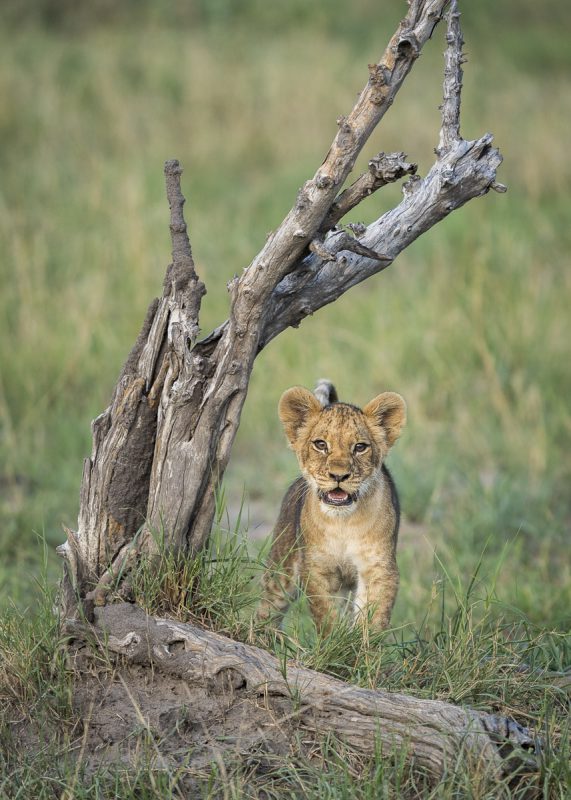
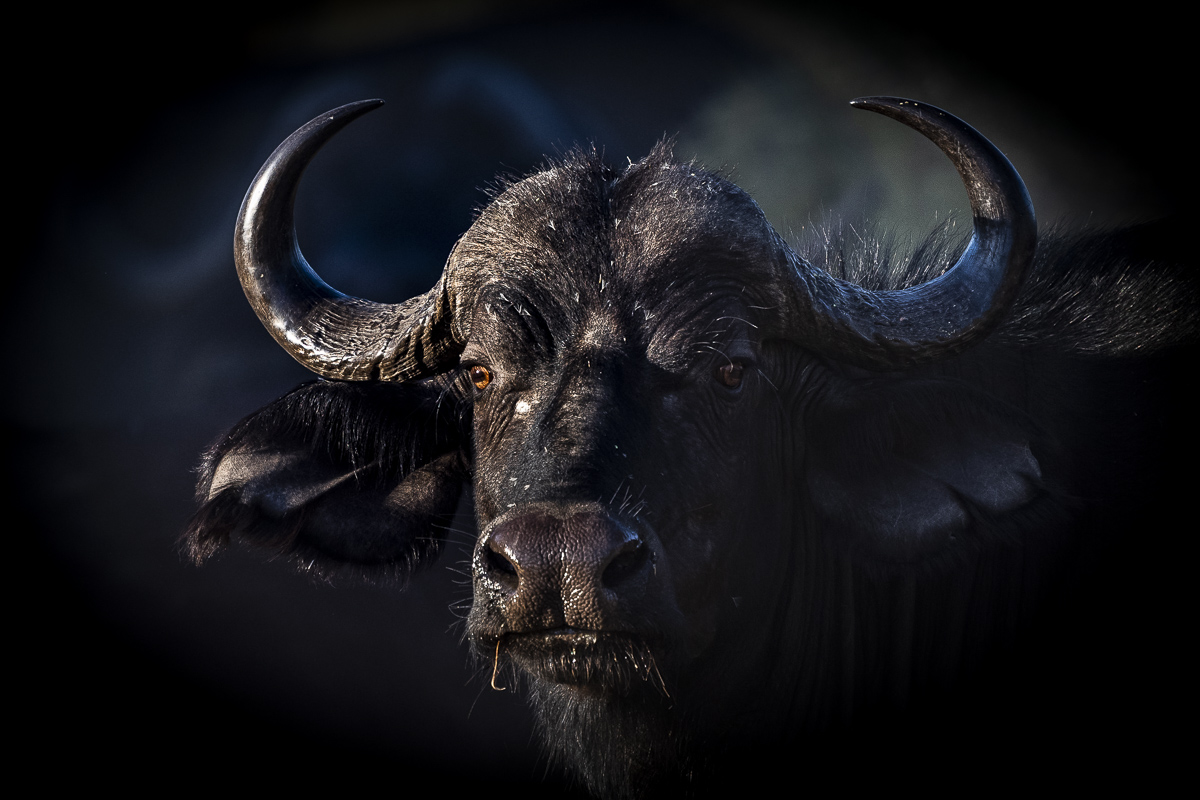
Throughout the year, we organize our tours around the key wildlife viewing locations, including the Okavango Delta, the Linyanti Waterfront and the Makgadikgadi Salt Pans. While the Delta is often a main focus for visitors, we actually spend significant time in the smaller marsh area of Linyanti on the border with Namibia and Chobe National Park. There’s something for everyone! We visit Botswana during two main seasons: the dry/cool season and the green season.
The former spans from late May until end of September, when the flood waters arrive from Angola setting up an incredible habitat of shallows and islands dotted with palms across the Delta. Temperatures are cool (down to 3-5 deg Celsius) in the morning, rising to a comfortable 20+ Celsius in the middle of the day. Skies are blue and clouds are seldom.
We are also avid fans of the so-called green season between November and April when the habitats are full of lush colors, with powerful storms providing an incredible setting for photography. Visitor level at this time drops considerably, leaving the Okavango just for ‘ourselves’. Daily temperatures can reach mid-30’s Celsius with comfortable low 20’s in the evening providing a distinct contrast to the cool winter months. It is also the perfect period to experience an amazing number of local and migrant bird species. We do quite often find ourselves alone with animals – an experience that outside of Botswana would be rarely available.

